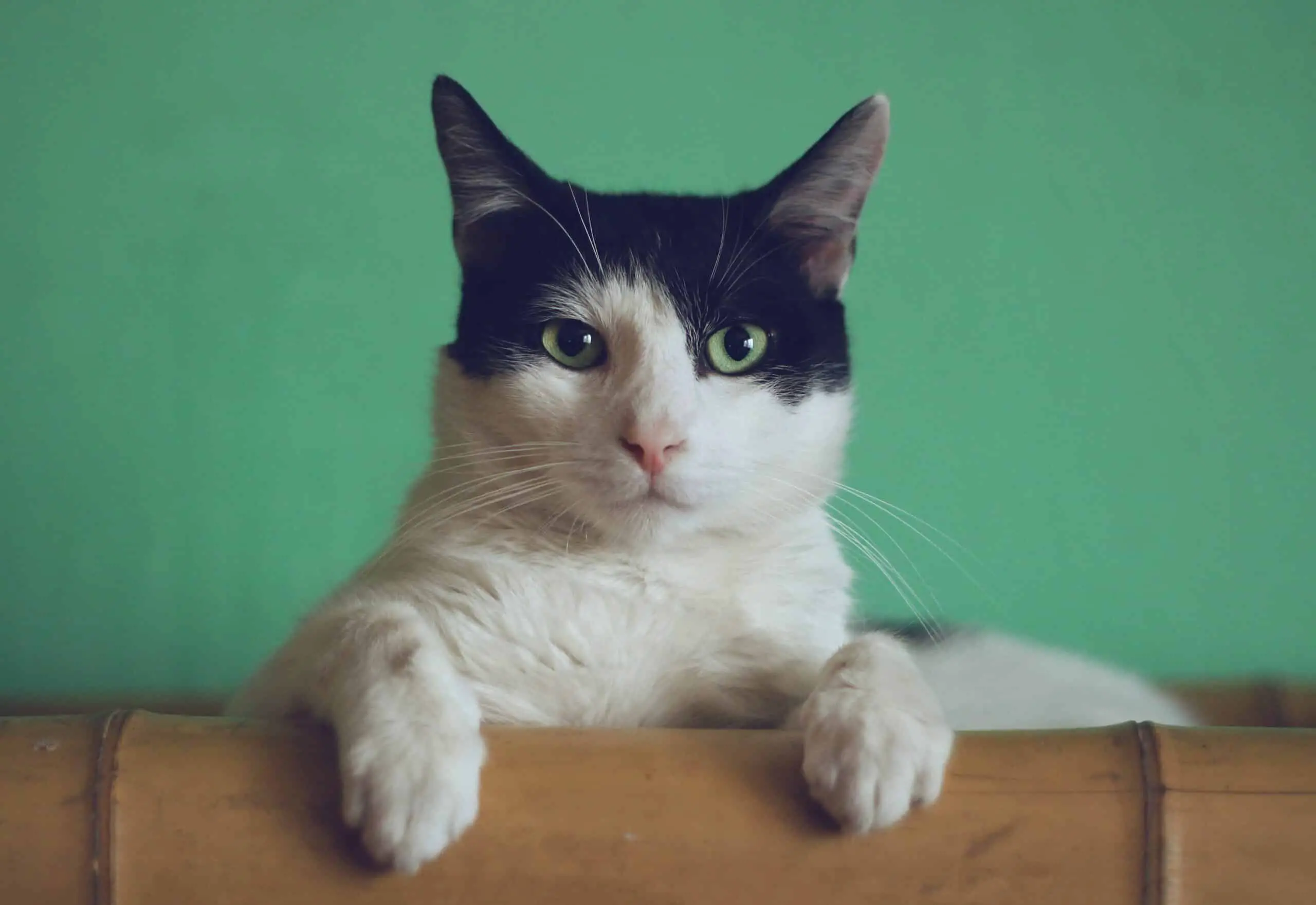Understanding Your Pet’s Body Language: Signs of Happiness and Contentment
Understanding your pet’s body language is essential for ensuring their comfort and happiness.
Pets can’t always communicate with words but often use their bodies to express their feelings. By learning to interpret your pet’s body language, you can ensure they are healthy, happy, and at ease.
In this post, we’ll explore some common signs of happiness and contentment in dogs, cats, birds, and reptiles and provide tips for pet sitters to keep their animal friends comfortable.
Table of Contents
Note: This post may contain affiliate links, which means if you buy from my link I might make a small commission. This does not affect the price you pay. See the full affiliate disclosure here.
Dogs
Dogs are social animals that are often happy when they’re around people or other dogs. Some common signs of happiness in dogs include a wagging tail, relaxed body posture, and an open, smiling mouth. If a dog is wagging their tail rapidly and their whole body is wiggling, it’s a good sign that they’re excited and happy.
Similarly, a relaxed body posture with the head held high indicates that the dog feels confident and content. Paying attention to a dog’s body language is essential to ensure their comfort. If a dog seems nervous or uncomfortable, it is necessary to give them space and time to adjust.
Body language is essential in telling you about your dog’s nutritional well-being. A balanced diet significantly impacts their physical health and mental state, manifesting in their behavior and overall demeanor. High-quality dog food that blends proteins, fats, carbohydrates, vitamins, and minerals is crucial. Consider exploring resources like Freshpet Dog Food Reviews for insights into suitable options. Ensuring your dog has constant access to fresh water is also vital for hydration.
Dietary needs vary based on a dog’s age, breed, and activity level. Puppies, for example, require diets rich in calories and nutrients for their growth, while older dogs may need lower-calorie diets with higher fiber content. Attention to your dog’s specific dietary requirements or allergies is essential. Regular veterinary check-ups can assist in monitoring their nutritional health and addressing any concerns.
A well-nourished dog typically exhibits signs of happiness and contentment, making a balanced diet a key element in their overall well-being. By focusing on your dog’s nutrition, you contribute to your pet’s healthier and more joyful life.
Cats
Cats can be more subtle in their body language, but they still communicate how they’re feeling through their body movements. Some common signs of happiness in cats include purring, kneading, and slow blinking. A purring cat is usually content and relaxed while kneading (making bread with paws) is a sign that they feel comfortable and safe. Slow blinking, a “kitty kiss,” signifies affection and trust. As a pet sitter, respecting a cat’s personal space and providing plenty of hiding spots to make them feel safe and secure.

Birds
Birds have unique body language compared to other pets, but they still exhibit signs of happiness and contentment. Some common symptoms of joy in birds include vocalizing, fluffing their feathers, and bobbing their heads. If a bird is frequently singing and their feathers are fluffed up, it’s a sign that they feel relaxed and content.

Reptiles
Reptiles have different body language cues than other pets but still communicate their feelings through their movements. Some common symptoms of happiness in reptiles include basking in the sun, puffing up, and hissing. If a reptile is basking in the sun with closed eyes, it’s a sign that they’re relaxed and content. Puffing up is a sign of confidence, while hissing is a warning that they feel threatened. Providing the right temperature and humidity levels ensures that reptiles are comfortable.
The Importance of Creating a Comfortable Environment
In addition to understanding your pet’s body language, creating a comfortable environment is essential for their well-being. If you’re unable to observe your pet nor take care of it as regularly as you’d wish, pet sitting provides the option of a safe, secure, and comfortable environment for your animal friends while you’re away.
Conclusion
Understanding your pet’s body language is vital for ensuring that they’re comfortable and happy. By observing your pet’s body language, you can gauge their mood and respond appropriately to their needs.
Remember that every pet is unique, and it’s essential to learn their individual body language cues to ensure their comfort and happiness. If you’re interested in learning more about pet body language and how to keep it healthy, many resources available online can help you become an expert in no time.






